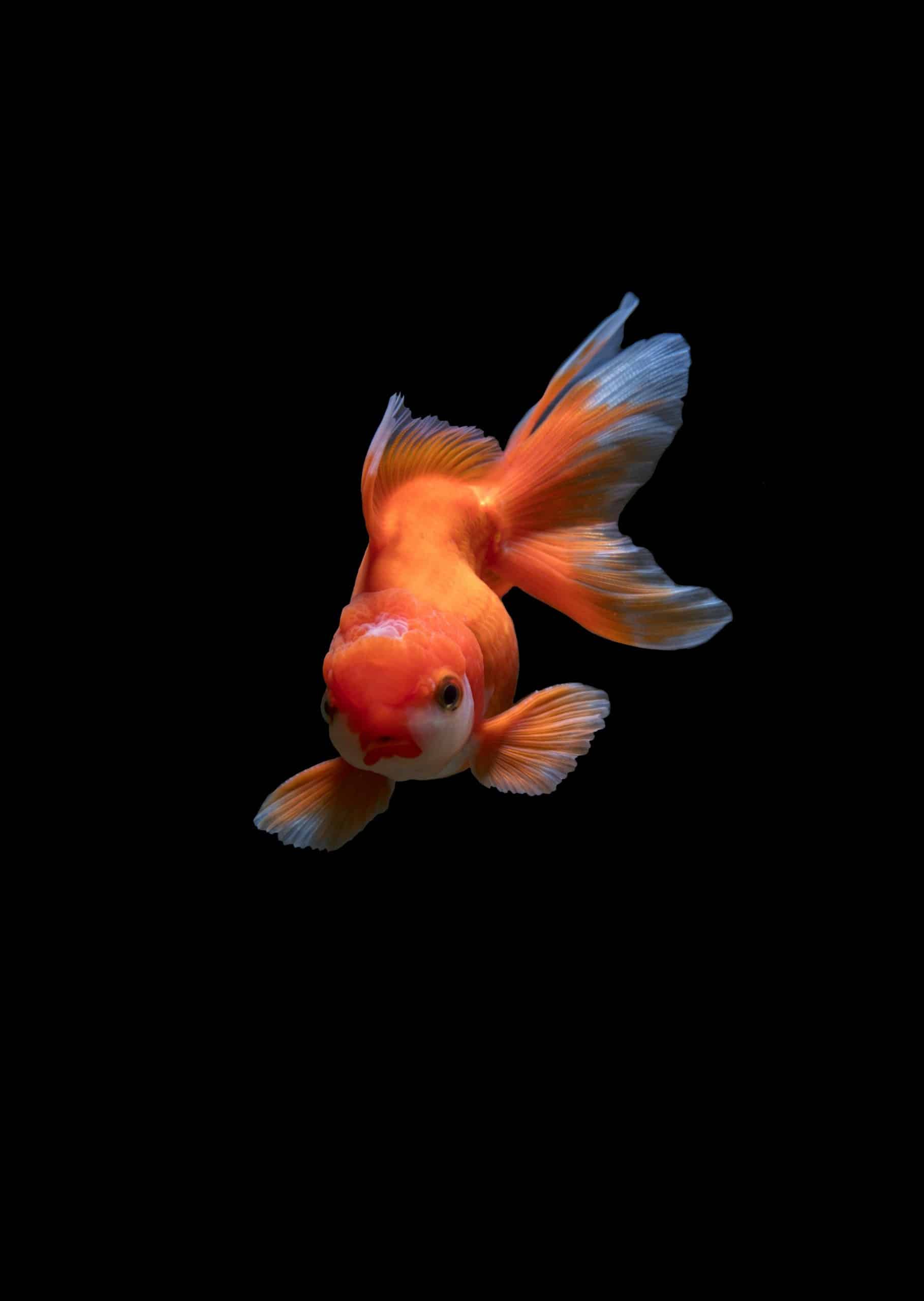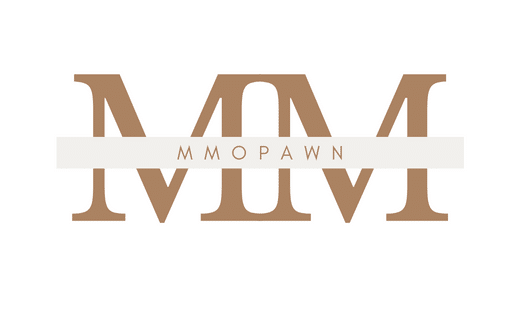Can Nanobubble Technology Improve Water Quality in UK’s Aquaculture Industry?

The nanobubble technology is making waves in the field of water treatment for aquaculture. Groundbreaking and innovative, this technology presents a promising tool for improving water quality, enhancing fish health, and increasing overall productivity in the UK’s aquaculture sector.
What is Nanobubble Technology?
Nanobubble technology is a novel method that creates tiny bubbles with diameters measuring just 100 nanometers, or 0.1 microns. These bubbles, aptly named nanobubbles, are approximately 1/1000th the width of a human hair.
Sujet a lire : Can Deep Learning Alleviate Traffic During UK’s Peak Commuting Hours?
Nanobubble technology hinges on the introduction of gases, such as oxygen or ozone, into water under high pressure. The gas is then released in the form of nanobubbles. Due to their unique properties, these nanobubbles, unlike ordinary bubbles, can remain suspended in water for extended periods. This ability to remain suspended allows the gas to be effectively absorbed into the water, enhancing the water’s quality.
Nanobubbles and Aquaculture: A Revolutionary Duo
Aquaculture, or fish farming, is a sector that can benefit immensely from nanobubble technology. The health and growth of fish largely depend on the quality of the water in which they live. With the application of nanobubbles, this water environment can be significantly improved.
Sujet a lire : 10 inspiring examples of images created with MyImageGPT
Oxygen is a critical component for the survival and growth of fish. Nanobubbles provide a high concentration of dissolved oxygen, which helps support the metabolism of fish and promote their growth. Additionally, the small size of nanobubbles allows for a more homogeneous distribution of oxygen throughout the water, thus ensuring all fish receive an adequate supply.
The use of ozone nanobubbles offers another benefit. Ozone is a powerful oxidant that can effectively eliminate bacterial and other microbial contaminants from the water. By deploying ozone nanobubbles, aquaculture farms can ensure a cleaner, safer environment for fish.
Moreover, nanobubble technology can be instrumental in the treatment of wastewater from fish farms. By infusing wastewater with nanobubbles, harmful compounds can be neutralized, making the water safe for discharge or reuse.
The Moleaer Case: A Glimpse into the Potential of Nanobubble Technology
One company that has taken the lead in leveraging nanobubble technology for aquaculture is Moleaer. This company has developed a range of nanobubble generators designed for use in a variety of sectors, including aquaculture.
Moleaer’s technology has been applied with significant success on fish farms. For instance, farms that have used Moleaer’s nanobubble generators have reported faster fish growth rates, improved water clarity, and reduced mortality rates.
This figure underscores the high potential of nanobubble technology in enhancing the productivity and sustainability of the aquaculture industry.
The Future of Nanobubble Technology in the UK’s Aquaculture Industry
With the UK’s growing emphasis on sustainable food production, nanobubble technology could offer a conceivable solution. By improving water quality and fish health, nanobubble technology can help the UK’s aquaculture industry meet increasing demands for seafood sustainably and responsibly.
Furthermore, as scholars and scientists continue to study and improve nanobubble technology, it is likely that further applications and benefits will be discovered. For example, preliminary research suggests that nanobubbles can aid in soil remediation, which could be beneficial for aquaponic systems.
However, for the full potential of nanobubbles to be realized, it will require concerted efforts from both industry stakeholders and policymakers. Adoption should be encouraged through incentives and regulation, and continued research and development should be supported.
By embracing nanobubble technology, the UK’s aquaculture industry can expect to see not only improvements in water quality but also considerable strides in overall productivity and sustainability.
As per Google Scholar, more and more researchers are focusing their studies on the impact of nanobubbles in various fields. This shows a growing interest in this technology, which is likely to lead to further advancements and applications in the near future.
In conclusion, nanobubble technology holds great promise for the UK’s aquaculture industry. By improving water quality and fish health, this technology can help the sector become more productive and sustainable. However, for these benefits to be fully realized, it will require the active participation of both industry stakeholders and policymakers.
The Impact of Nanobubble Technology on Nile Tilapia
Nile tilapia (Oreochromis niloticus) is one of the most commonly farmed fish species in the UK’s aquaculture systems. The water quality is crucial for the survival and growth of this species as it directly affects their health and productivity rates. In this context, the use of nanobubble technology can play a transformative role.
By incorporating high concentration of dissolved oxygen through nanobubbles into the water, the metabolism and growth rate of Nile tilapia can be significantly enhanced. A research study available on Google Scholar revealed that Nile tilapia exposed to nanobubble treatment demonstrated faster growth rates than the control group. Furthermore, the use of ozone nanobubbles can effectively reduce the bacterial concentration in the water, making the environment safer for Nile tilapia.
Additionally, nanobubble treatment can help address the challenge of algal blooms in fish farms. Algal blooms can deplete the concentration of dissolved oxygen in the water, which can be detrimental to the fish. The infusion of oxygen nanobubbles can not only restore adequate oxygen levels but also inhibit the growth of harmful algae.
The application of nanobubble technology in aquaculture is not limited to improving water parameters for the fish. It can also be used in the treatment of wastewater from fish farms. When infused with nanobubbles, harmful compounds present in the wastewater can be neutralized. This makes the water suitable for discharge or for reuse in irrigation, thus contributing to a more sustainable aquaculture system.
Nanobubble Technology and Organic Matter in Aquaculture Systems
One of the most crucial issues in aquaculture is dealing with the buildup of organic matter in the water. Organic matter can decrease water quality, leading to detrimental effects on the health and well-being of the fish.
Nanobubble technology can be instrumental in tackling this issue. The use of oxygen and ozone nanobubbles can breakdown organic matter, thereby improving water quality. Furthermore, ozone nanobubbles can also be utilized to reduce the bacterial concentration, ensuring a cleaner and healthier water environment for the fish.
Additionally, nanobubble technology can also help in controlling algal blooms, which can occur due to excess organic matter and nutrients in the water. Algal blooms can drastically decrease oxygen levels in the water, posing a significant risk to fish health. The introduction of oxygen nanobubbles helps maintain the dissolved oxygen levels and inhibits the growth of harmful algae, thereby mitigating the risks associated with algal blooms.
Finally, just like in the case of Nile tilapia, nanobubble technology can also be deployed for wastewater treatment in aquaculture systems. By infusing wastewater with nanobubbles, harmful compounds can be effectively neutralized, thus making the water safe for discharge or reuse.
Conclusion
In conclusion, nanobubble technology presents a promising solution to the challenges faced by the UK’s aquaculture industry. From improving water quality to promoting fish health, this technology can bring about significant benefits. However, it is essential to remember that the successful implementation of this technology hinges on the active involvement of industry stakeholders and policymakers.
By continuing research and development efforts and encouraging the adoption of nanobubble technology through incentives and regulations, the aquaculture industry can witness considerable strides in productivity and sustainability. As the studies available on Google Scholar indicate, the interest in this technology is growing, suggesting an optimistic future for nanobubble technology in the aquaculture industry.
